Washington, D.C. (March 24, 2022) – Providers of single-family rental homes increasingly
turned to the development of new housing over the past two years as a means of responding to
housing market supply constraints and a corresponding surge in demand for single-family rental
housing.
According to data from the current Single-Family Rental Market Index (SFRMI), released this
week and produced by the National Rental Home Council (NRHC) and John Burns Real Estate
Consulting (JBREC), homes built for the purpose of renting – ‘build-for-rent’ homes – accounted
for 26% of properties added to the portfolios of single-family rental home providers in the fourth
quarter of 2021, compared to just 3% in the third quarter of 2019. Purchases of existing
individual homes by single-family rental home providers during that time decreased from 81% to
57%.
“America needs a viable and sustainable supply of quality, affordably-priced rental housing. By
making long-term commitments to the communities in which they build and invest, single-family
rental home providers are constantly working to meet the demand,” said David Howard,
executive director of NRHC. “One of the areas where this is most evident is in the market for
build-for-rent housing, an innovative effort to bring new supply to the market for rental housing,
providing communities with an invaluable source of critically needed middle-income and
workforce housing.”
For perspective on today’s housing supply-demand dynamic, consider:
- There are 870,000 more renter households today than there were at the beginning of the
COVID health pandemic. (Harvard’s Joint Center for Housing Studies) - In 2020, there were 65,000 entry-level homes built in the United States. During the
1970s the number of entry-level homes built in the United States routinely surpassed
420,000 annually. (Bipartisan Policy Center) - Over the last five years, the amount of owner-occupied housing in the United States has
increased more than 10% while the amount of rental housing has increased just over
2%. (U.S. Census Bureau) - Between 2018 and 2020 the housing stock deficit increased by 52% as the undersupply
of homes in the U.S. soared from 2.5 million units to 3.8 million units. (Freddie Mac)
“Single-family rental homes are a critical part of America’s housing ecosystem, providing
affordably-priced, well-located housing for millions of families and households across the
country,” according to Howard. “During and following the COVID health crisis, access to
single-family rental homes has become even more important as Americans have had to adjust to new realities of working and schooling from home. Single-family rental homes provide a
convenient and affordable option for families searching for either a short- or long-term means to address their housing needs.”
The SFRMI for the fourth quarter of 2021 contained data from single-family rental home
providers in over 50 metro areas across the United States managing more than 200,000
properties.
About NRHC
The National Rental Home Council (NRHC) is the nonprofit trade association representing the
single-family rental home industry. NRHC members provide families and individuals with
access to high-quality, single-family rental homes that contribute to the vitality and vibrancy of
neighborhoods and communities. For more information on NRHC or the single-family rental home
industry visit www.rentalhomecouncil.org or www.buildforrenthomes.com.
Contacts: NRHC – David Howard, [email protected]
JBREC – Devyn Bachman, [email protected]
